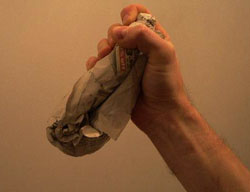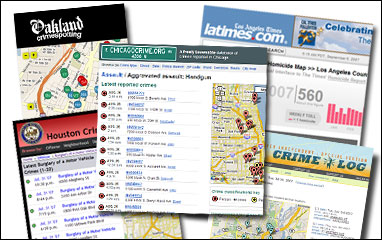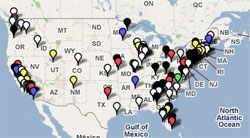 The Wall Street Journal reports that Google will announce a new metrics tool to measure web site audience, a service that would make a major dent in current power players Nielsen and ComScore. [UPDATE: The New York Times Bits blog has details about the service also.]
The Wall Street Journal reports that Google will announce a new metrics tool to measure web site audience, a service that would make a major dent in current power players Nielsen and ComScore. [UPDATE: The New York Times Bits blog has details about the service also.]
For those not in the know, ComScore and Nielsen use panels of users to determine the audience of news sites. If you’ve ever compared ComScore or Nielsen numbers to your in-house server log data, you’ll know those numbers often differ significantly, which can be frustrating for content producers. However, Google’s numbers would be backed up by the immense amount of Internet traffic data that’s stored on its servers, hopefully making it more accurate (although there will always be difficulties with tracking unique visitors by cookies, IP address, etc.). Best of all, Google is offering its data free to marketers. From the WSJ:
Google’s approach, aimed at bolstering its ad-sales business, could pose a major threat to the Web measurement services that are available now, ad executives say. The two main players in the business — comScore and Nielsen Online — gather data on Internet use largely by tracking what panels of people do online or by conducting surveys, and their results can be inconsistent and incomplete. Google’s new offering will be based mostly on data from Web servers, allowing for a deeper and broader view of Internet use. And unlike the services from comScore and Nielsen, Google’s will be offered to marketers free, according to ad executives.
[Wall Street Journal – Google to Offer a Tool to Measure Web Hits]









